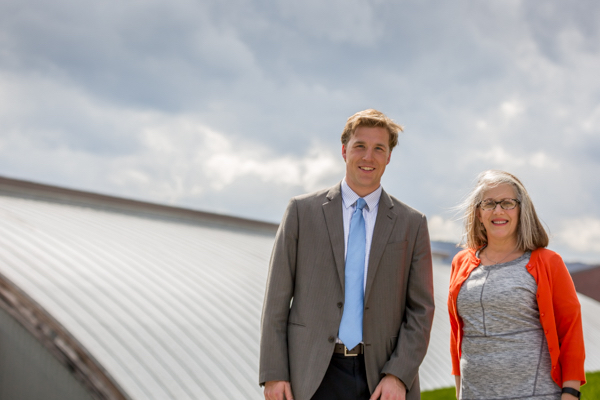
The Economics of Hockey project, led by Michele Carlin and Scott Harff, explored a hypothetical scenario in which students had to decide if building a new Hockey rink would be feasible or if refurbishing the current rink was a better option.
“As would most young athletes, the boys approached the project with the unstated intent to prove the need for a shiny new facility,” explains Carlin. “Until they learned how to create a spreadsheet and utilize its functionality with Algebraic formulas, the data told them little information. After the reality of the calculations set in, they set to work with interview questions for our outside participants.” Surprisingly enough, the boys found that their interview answers gave them pertinent information about how to move forward in their decision for the rink. Harff adds, “One group decided not to build a second hockey rink following an interview citing that the families who are interested in summer hockey had preconceived opinions about an established program in Danbury, Connecticut and would continue attending that program.”
Scott Harff, Economics teacher, lifelong hockey player, and coach, brought a unique viewpoint to the project. He wanted students to gain an understanding for how many fixed and variable costs go into the running of a hypothetical rink. Since the bulk of the hypothetical rink’s ice time is used by a school (as is the situation at Trinity-Pawling), Mr. Harff also wanted the boys to gain an understanding of the amount of foregone income associated with a rink run on a campus. Bearing that in mind, students created formulas that would pull together all the pertinent data and provide a bottom line, decision making tool.
Overall, the project was a success. “It was enlightening on both sides of the desk,” recalls Carlin. “To work with such a cross-section of ages and academic experiences truly challenged us to create an atmosphere that would provide relevance to all involved. To watch the boys support each other during the project and the presentation was the best reward of all. They brought out the best in each other.”
